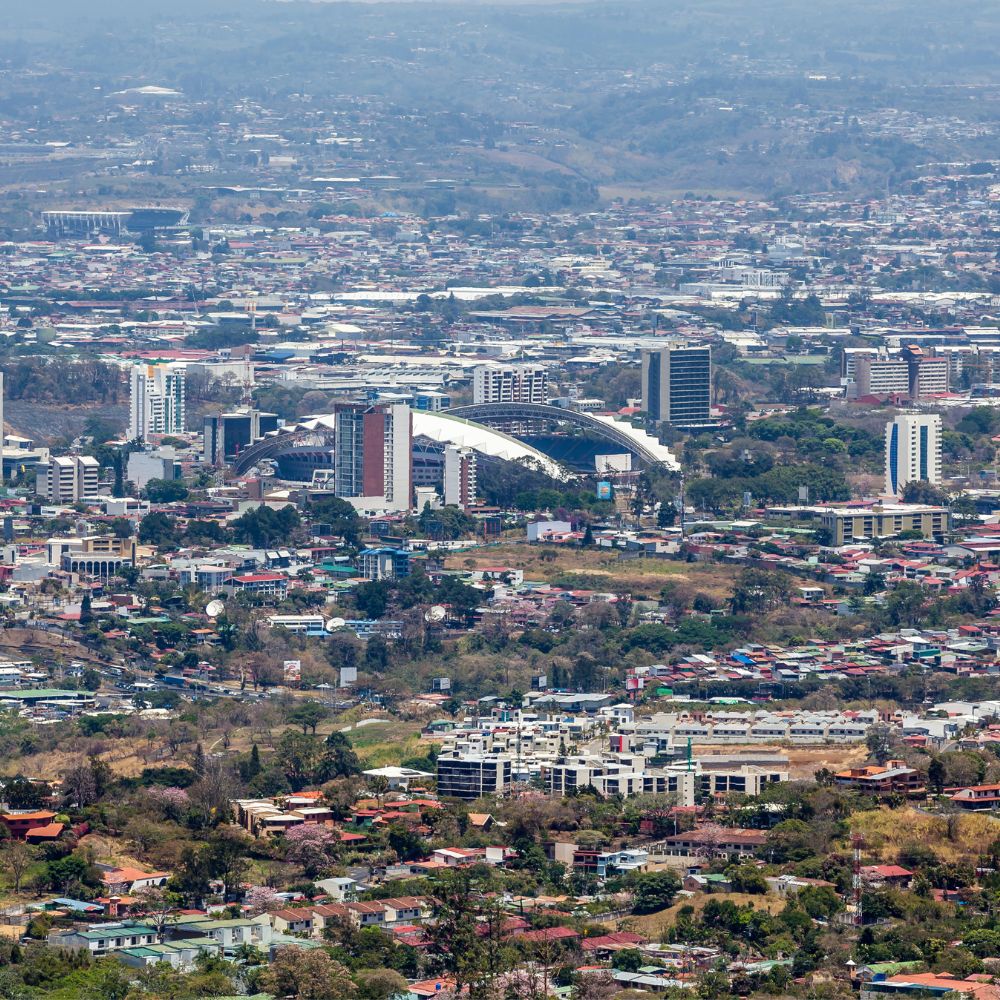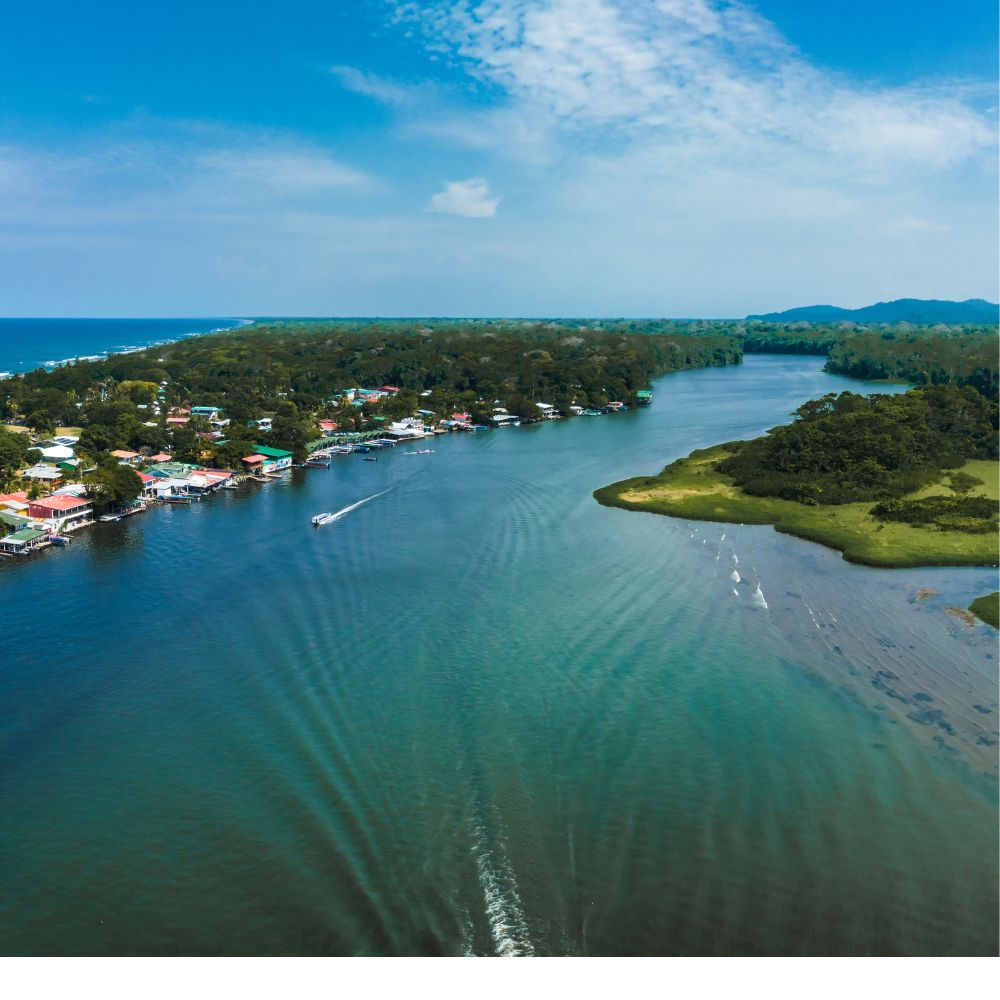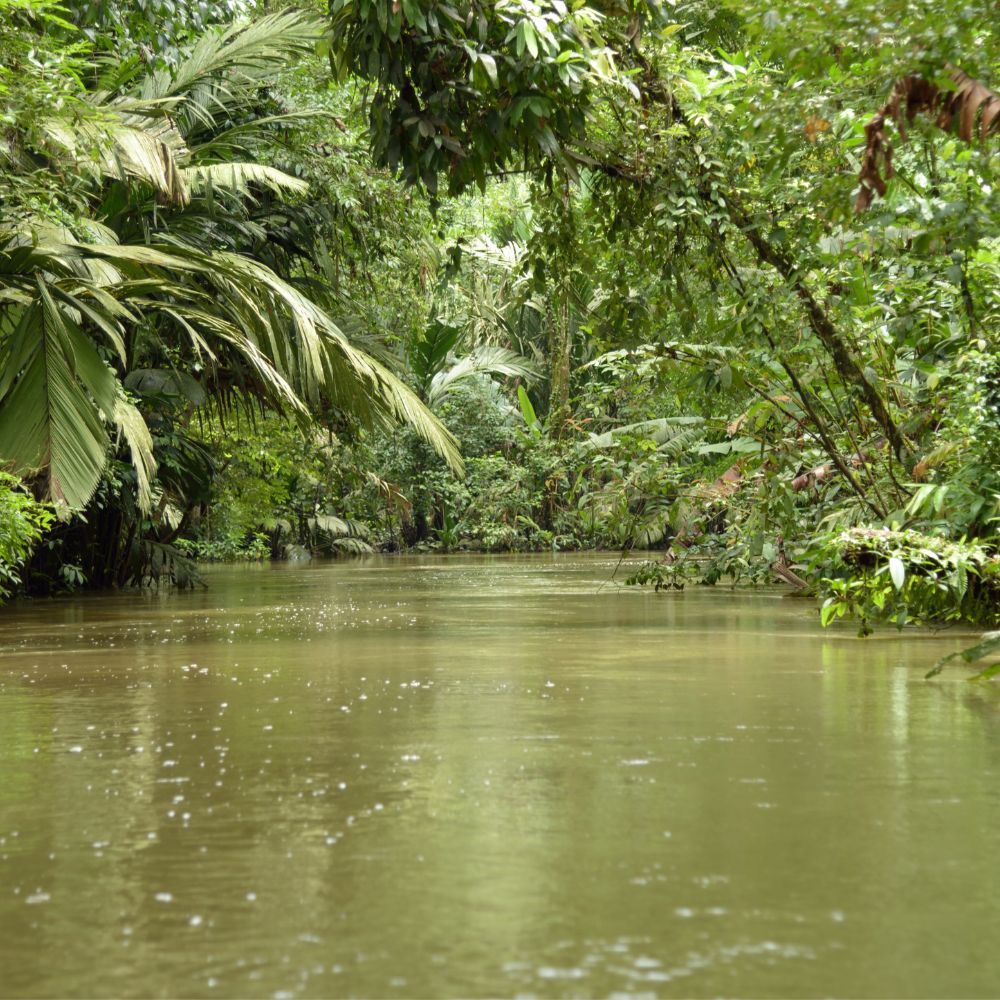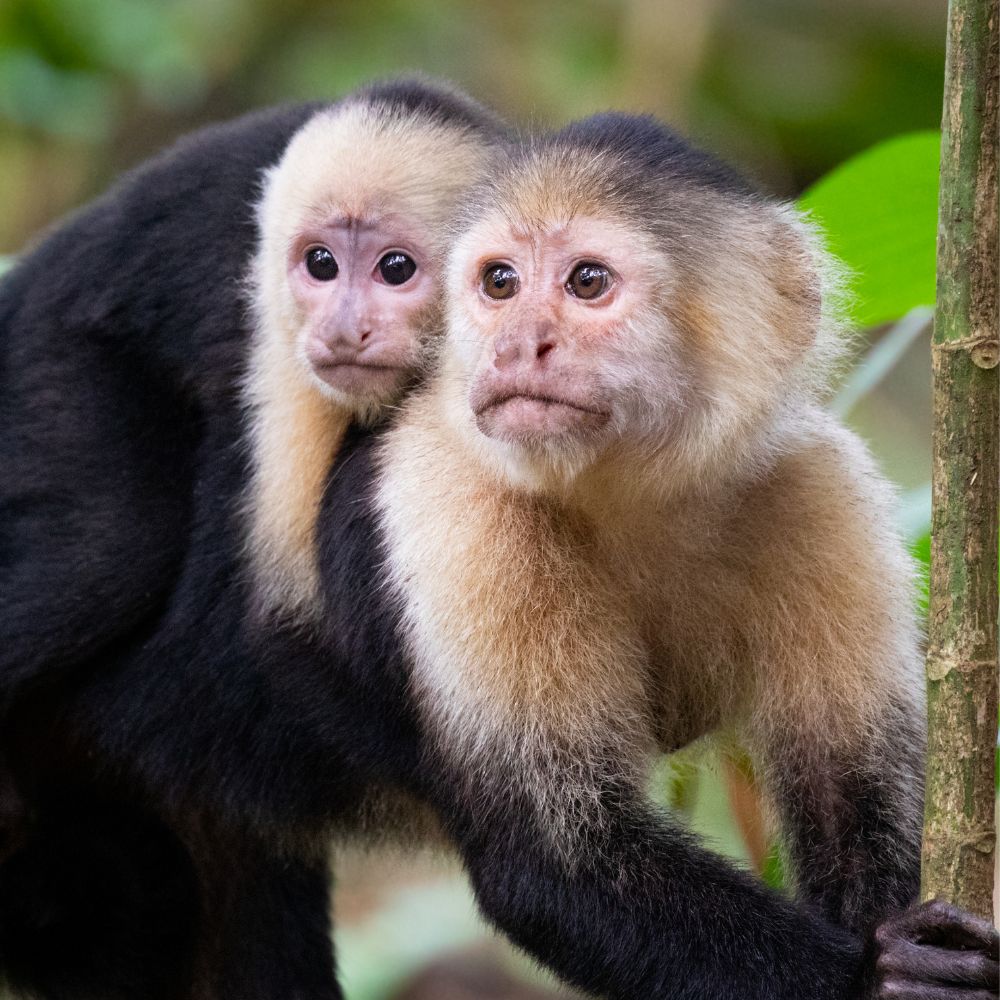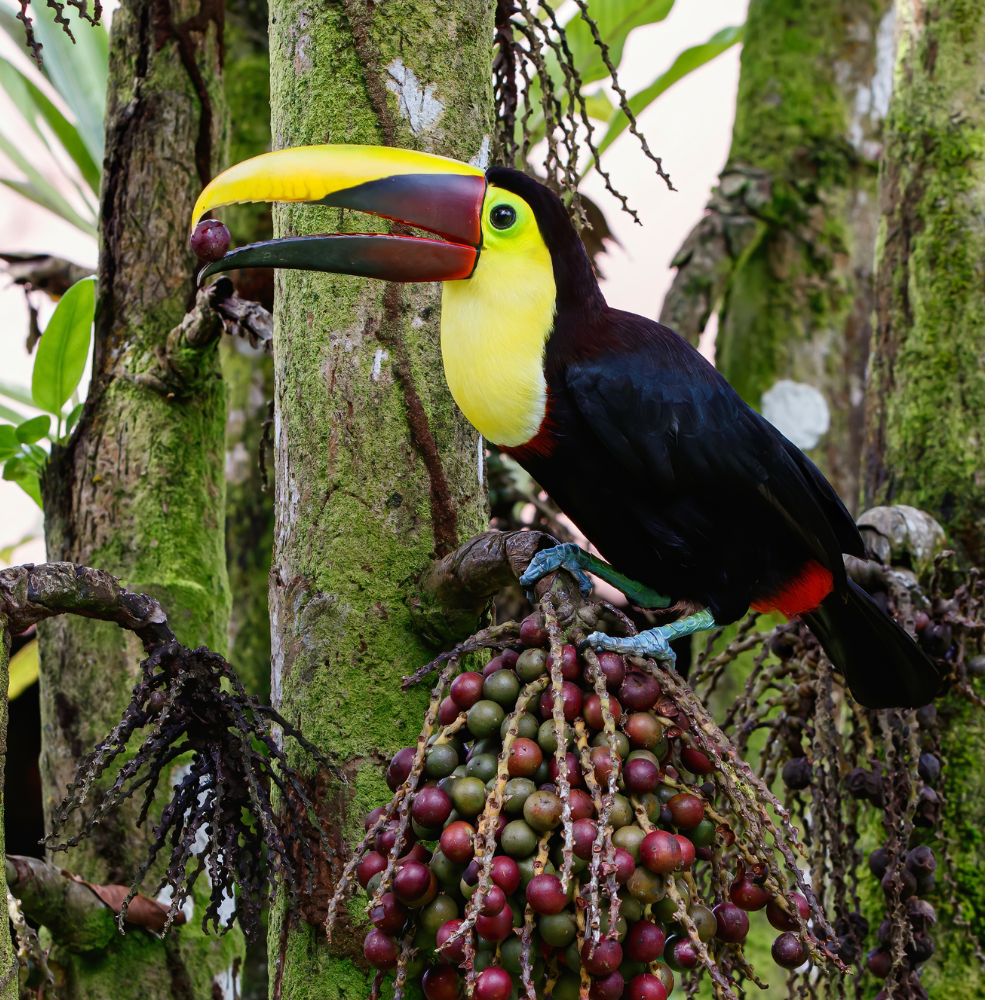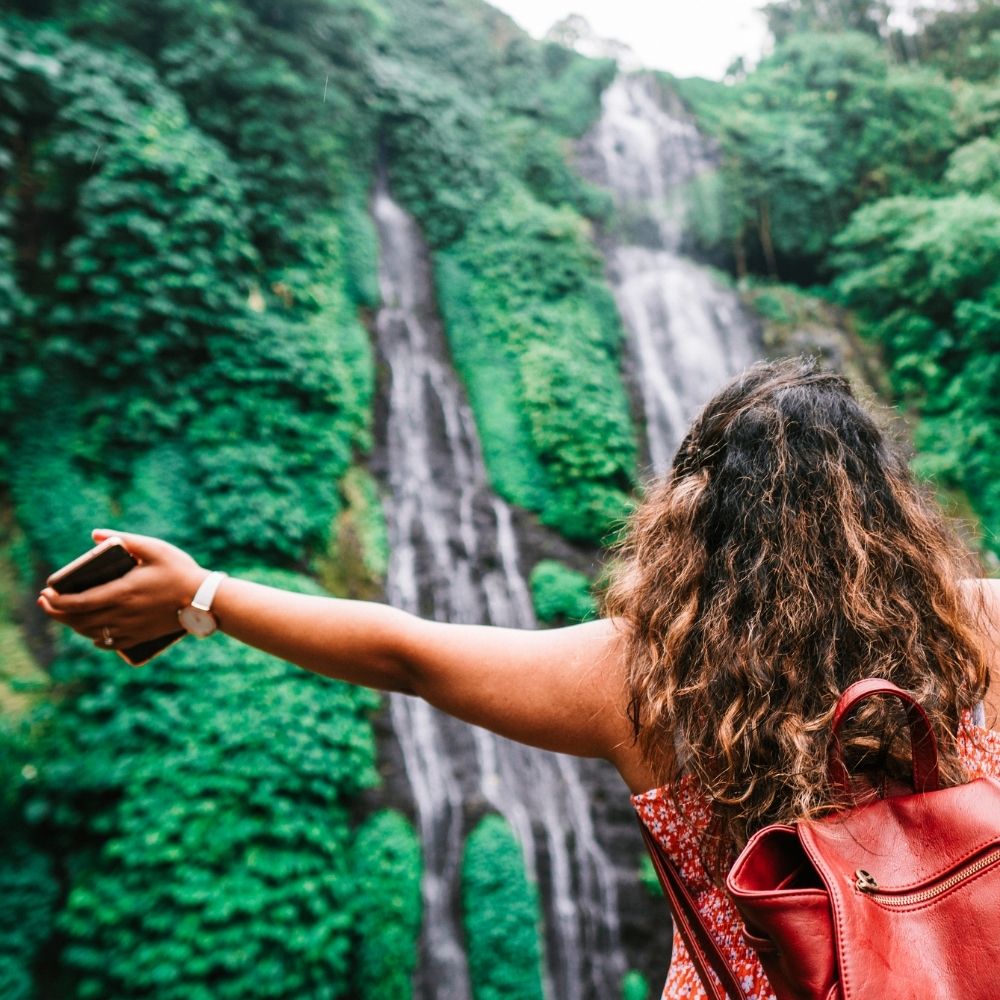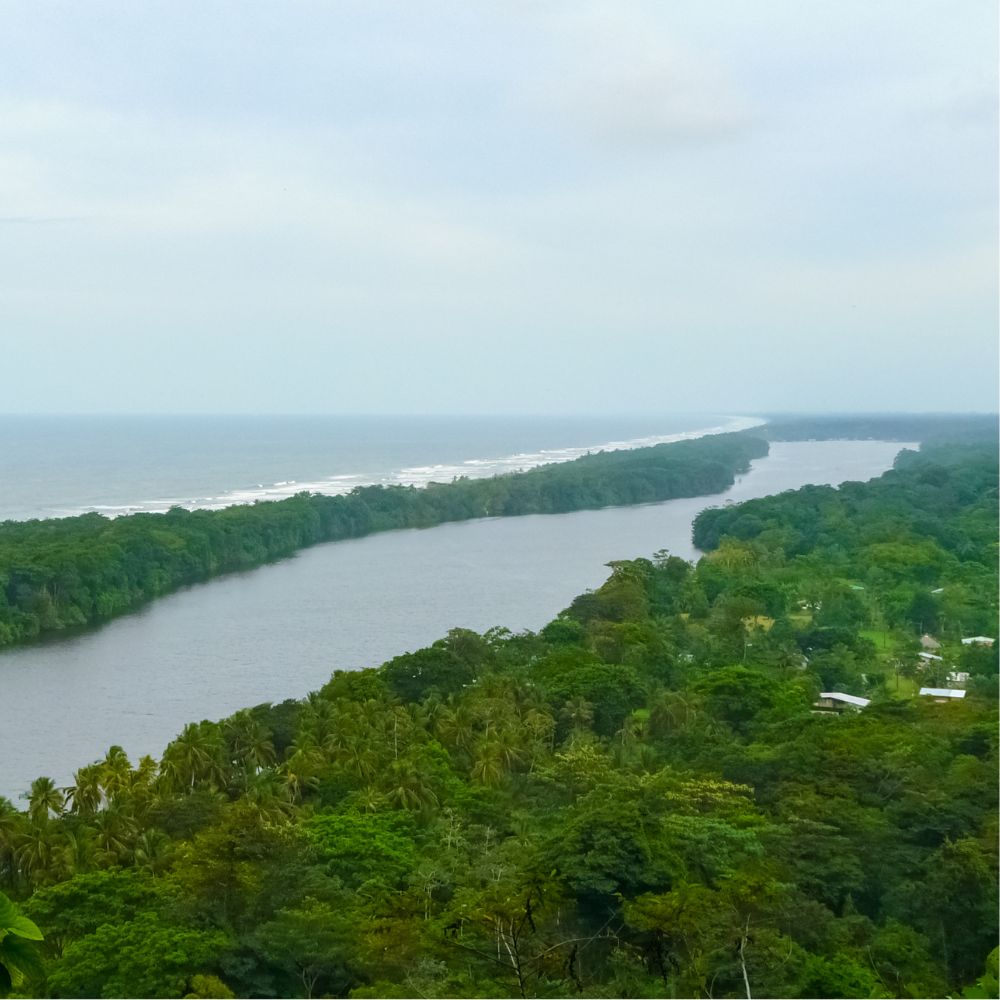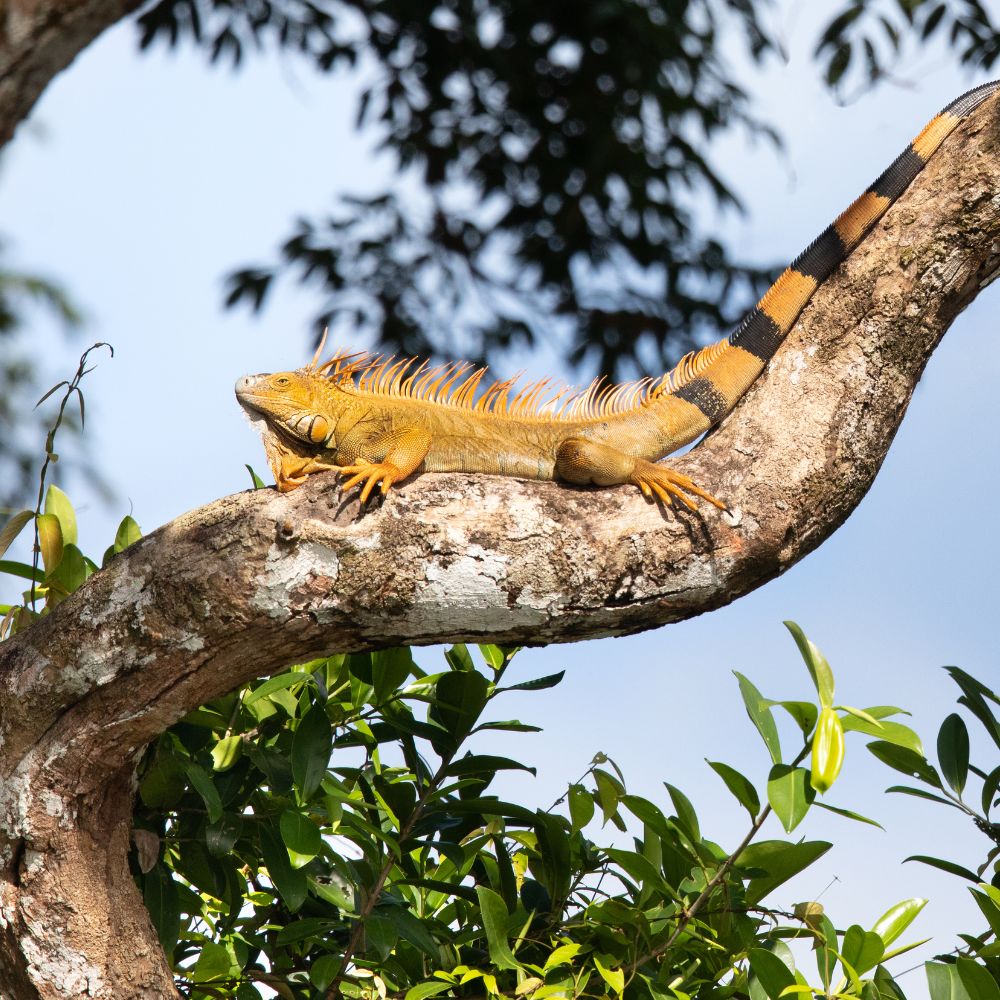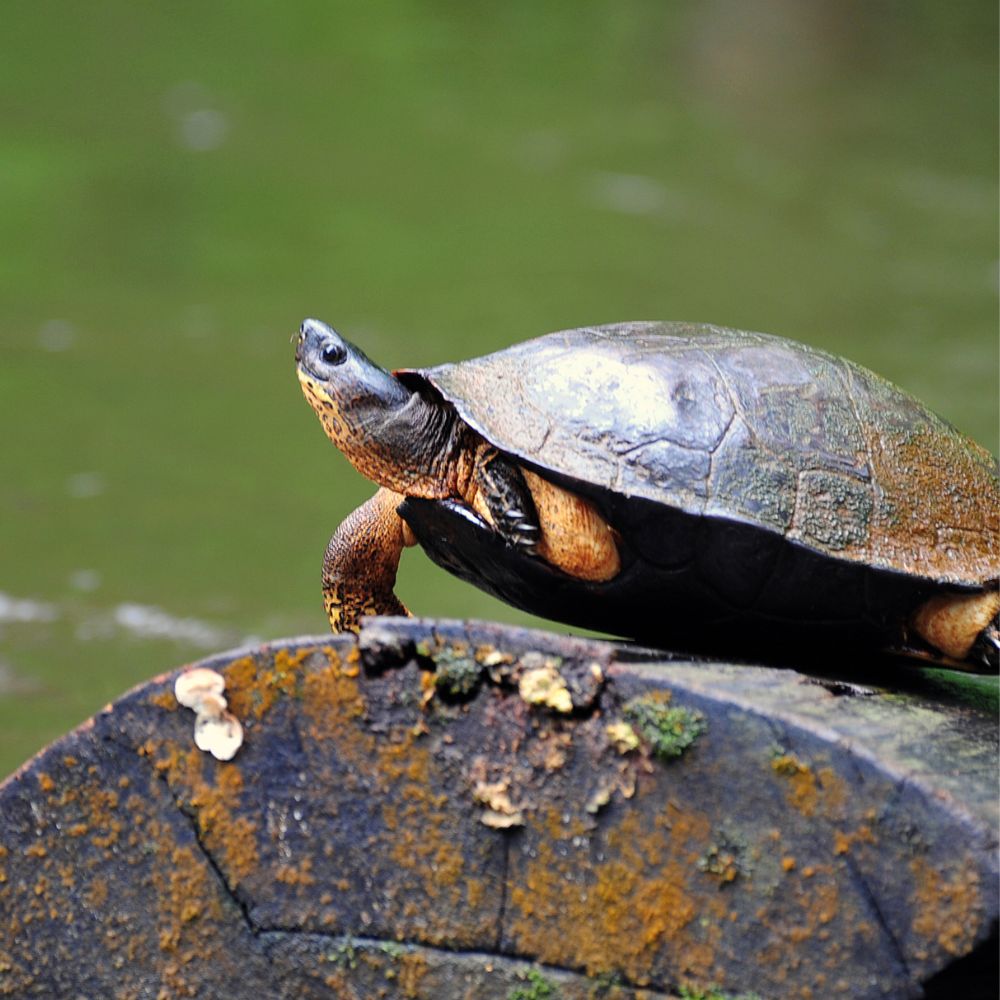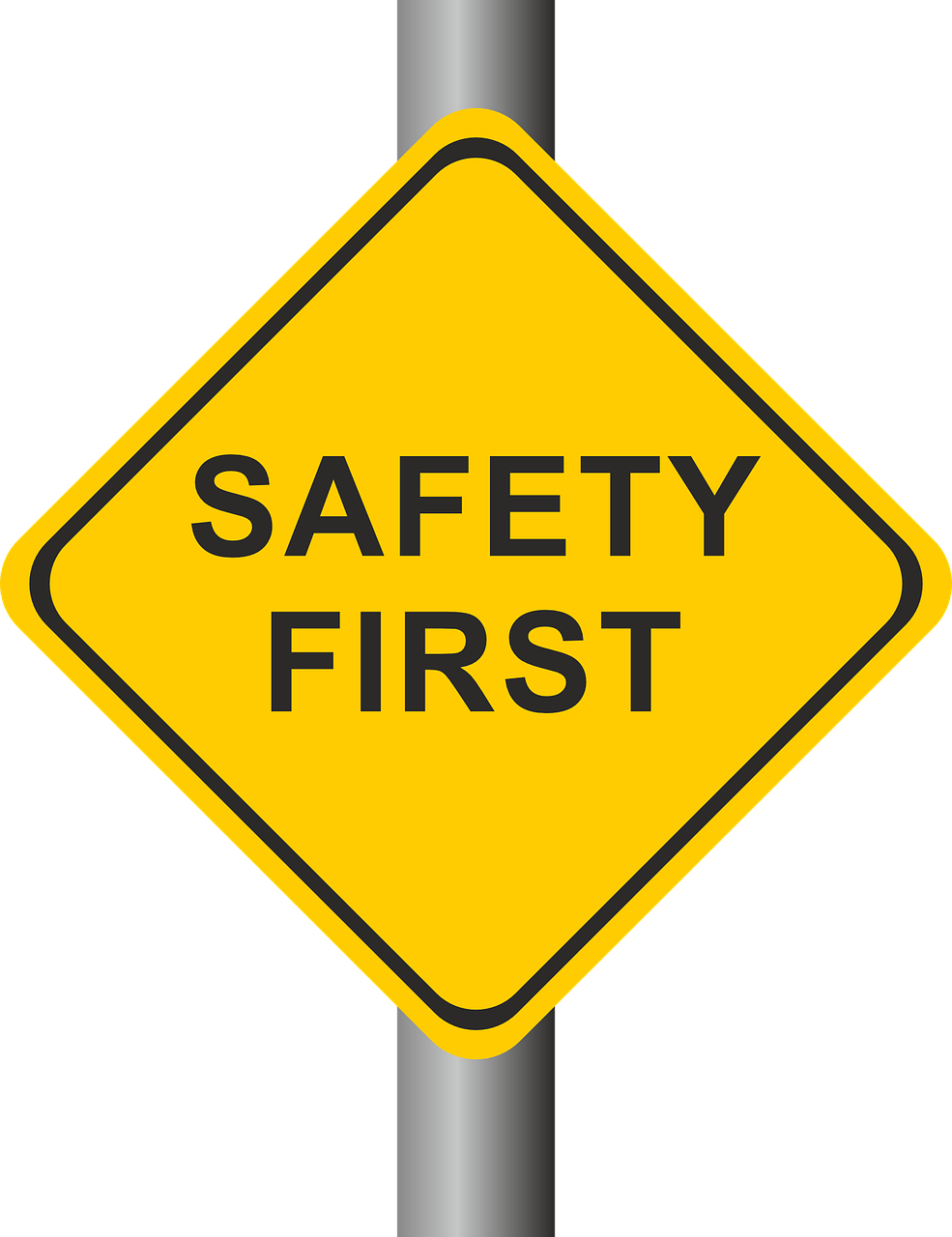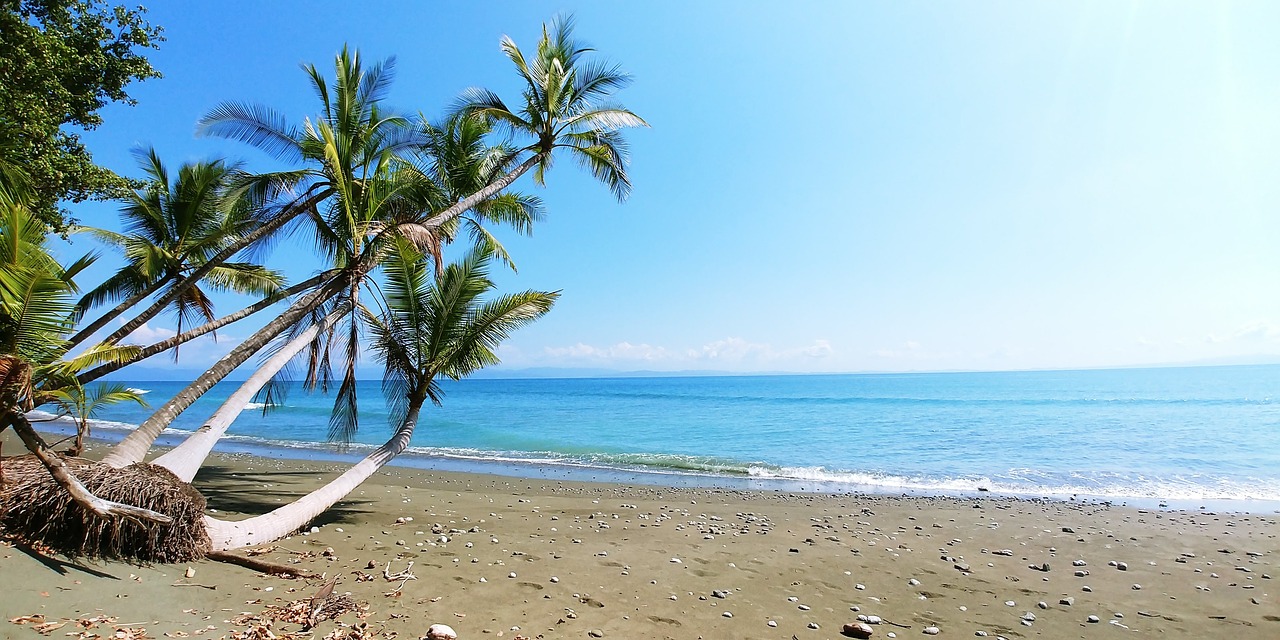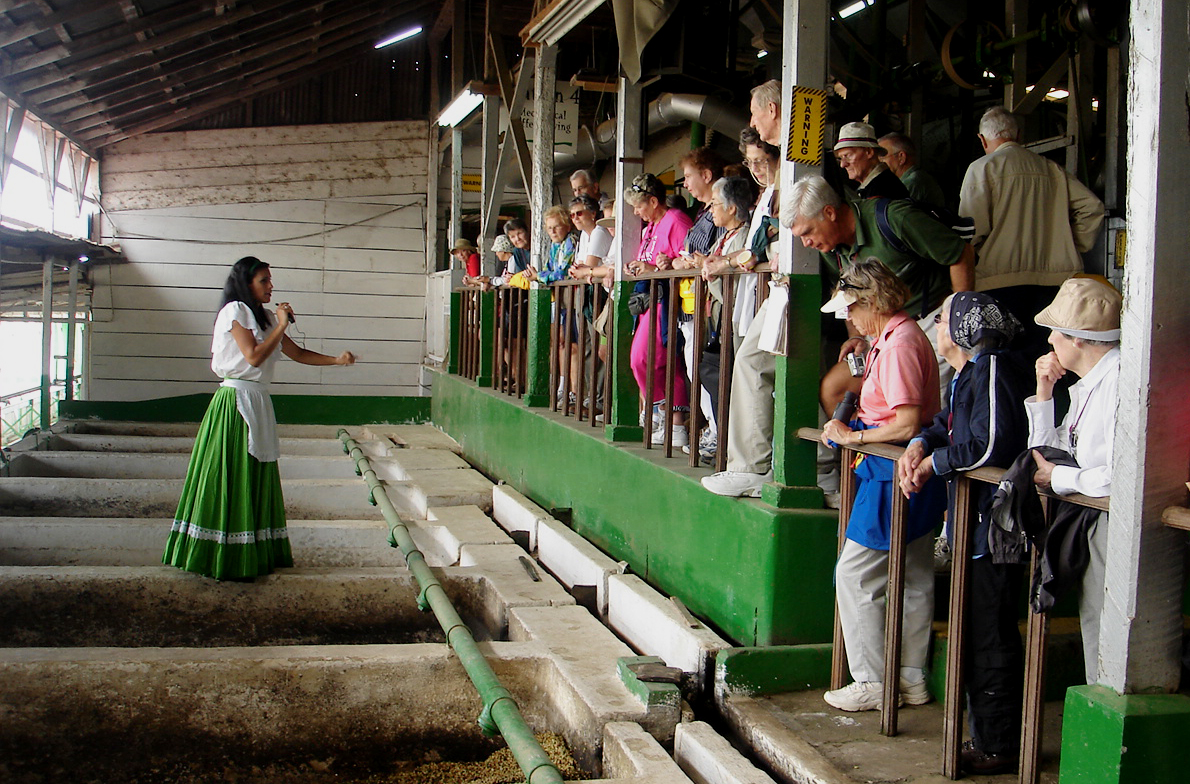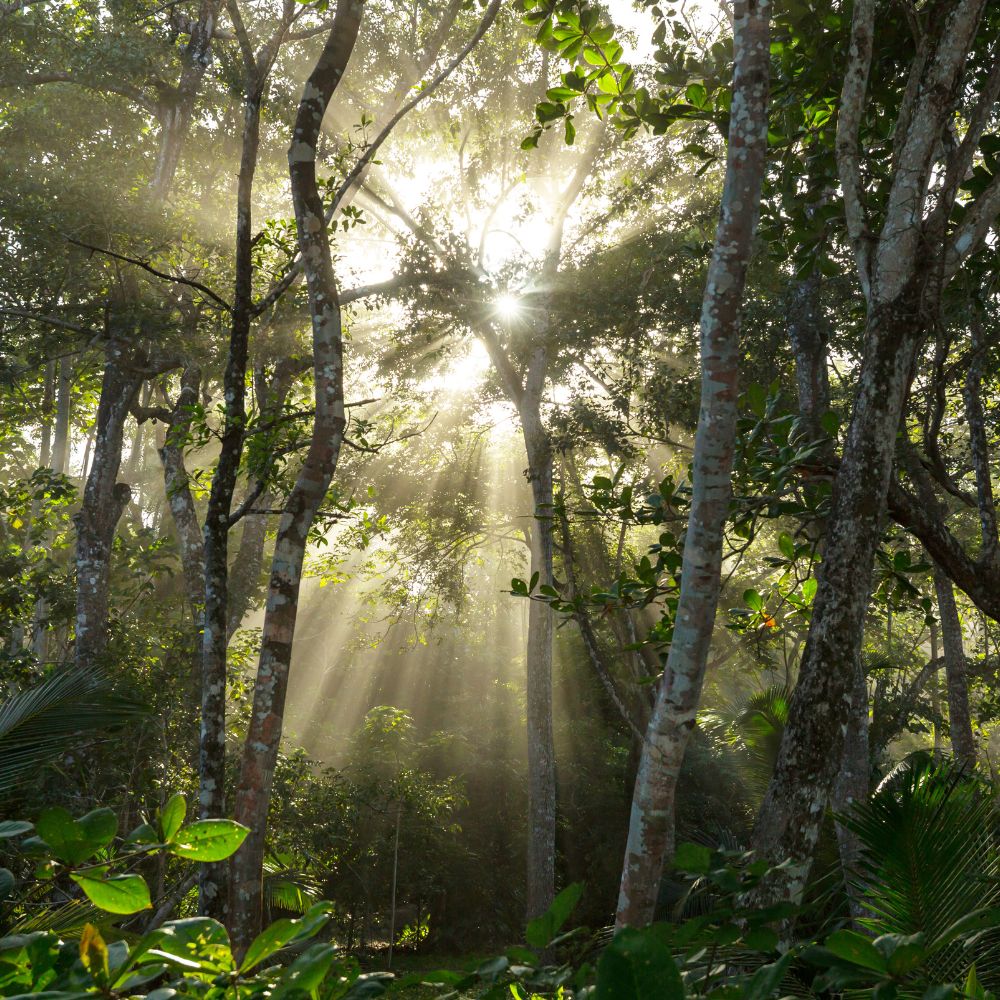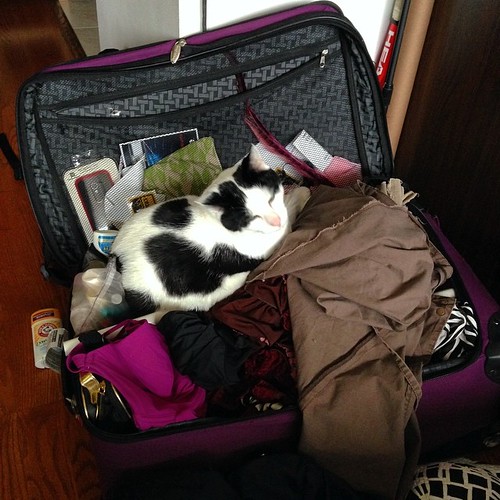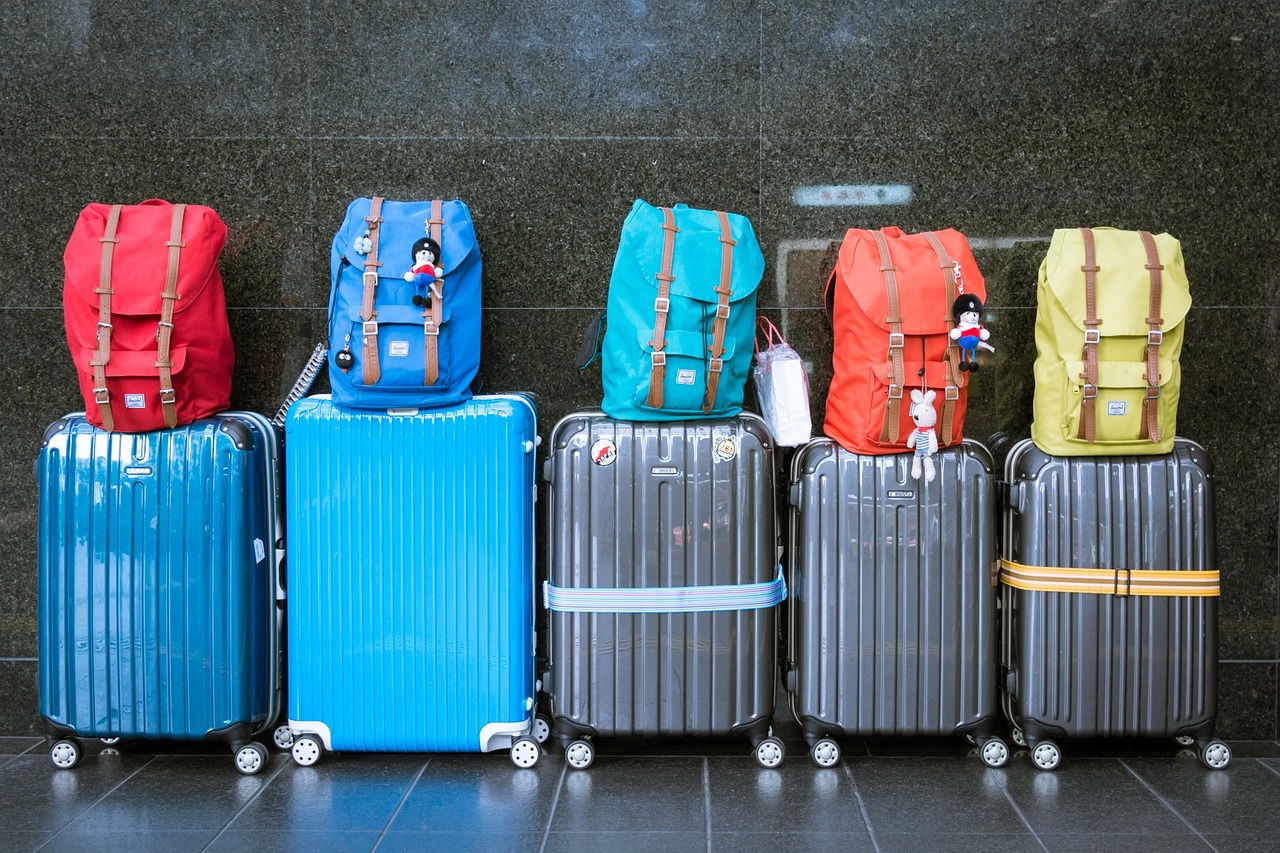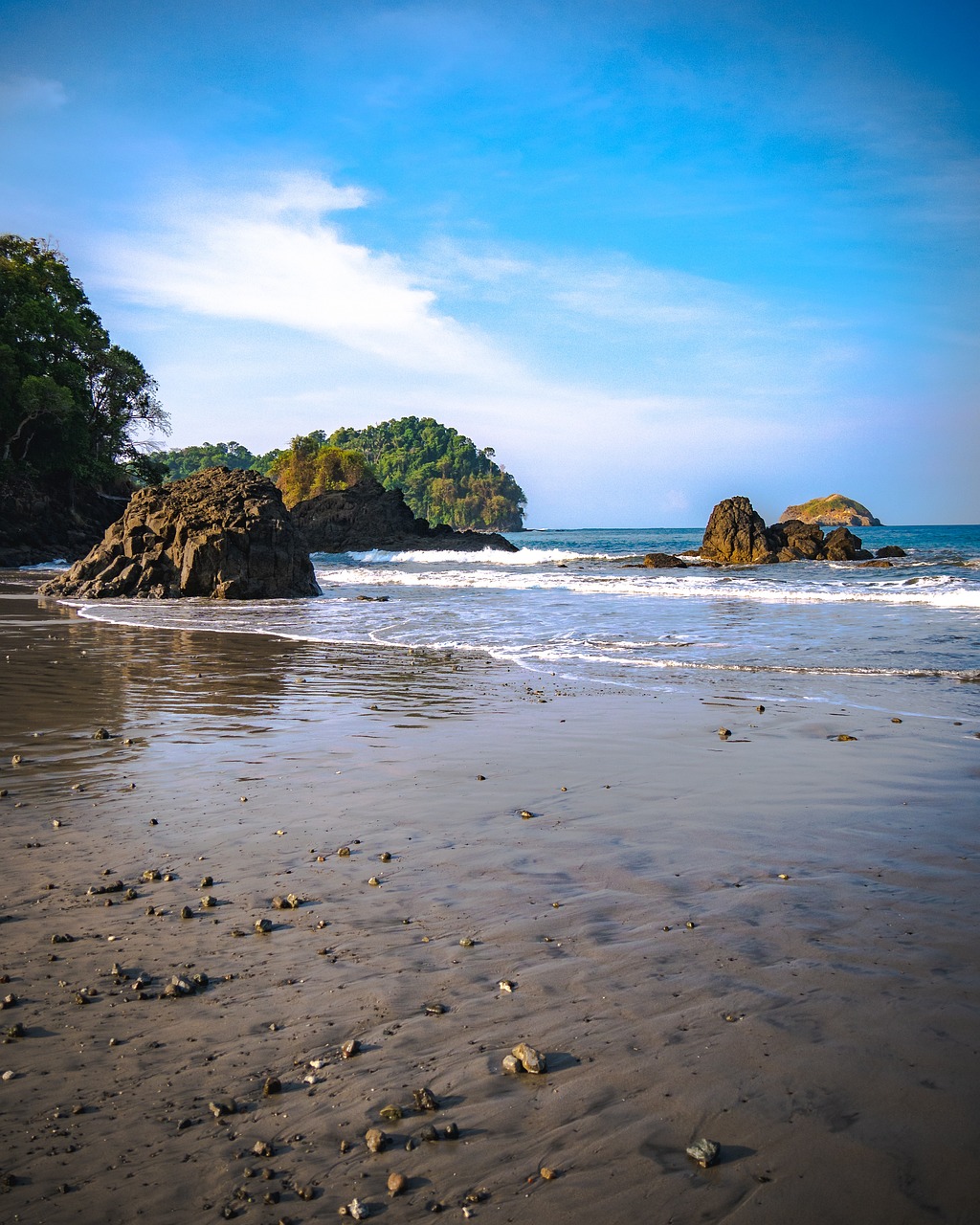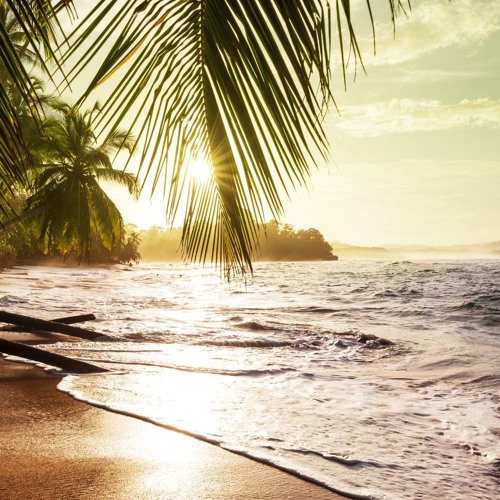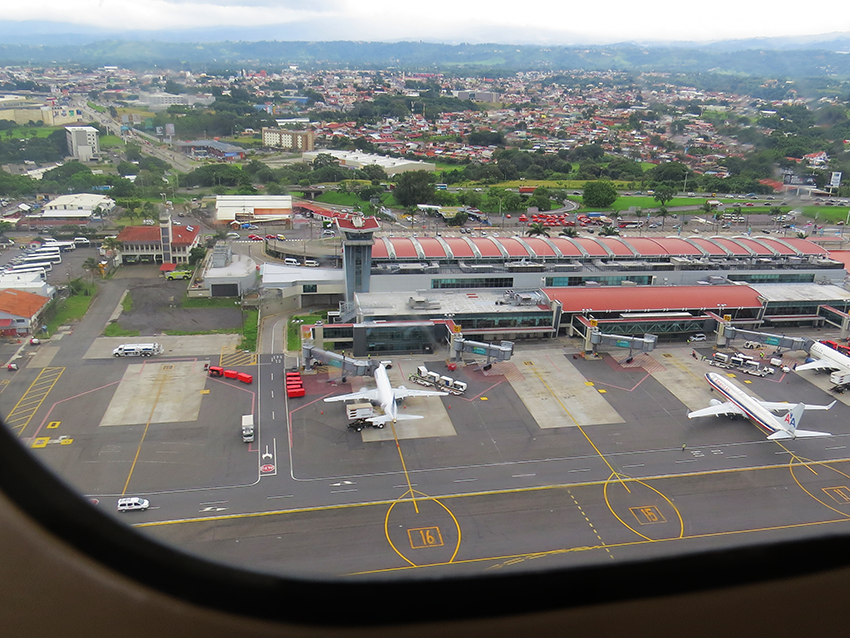In this podcast, Costa Rican tour guide Olga shares the most popular Costa Rica travel itinerary, highlighting must-see destinations such as San José, Tortuguero, Arenal, and Manuel Antonio. This itinerary is designed for travelers seeking a well-rounded experience, covering key attractions and practical tips for a memorable visit.
You can listen to the podcast here:
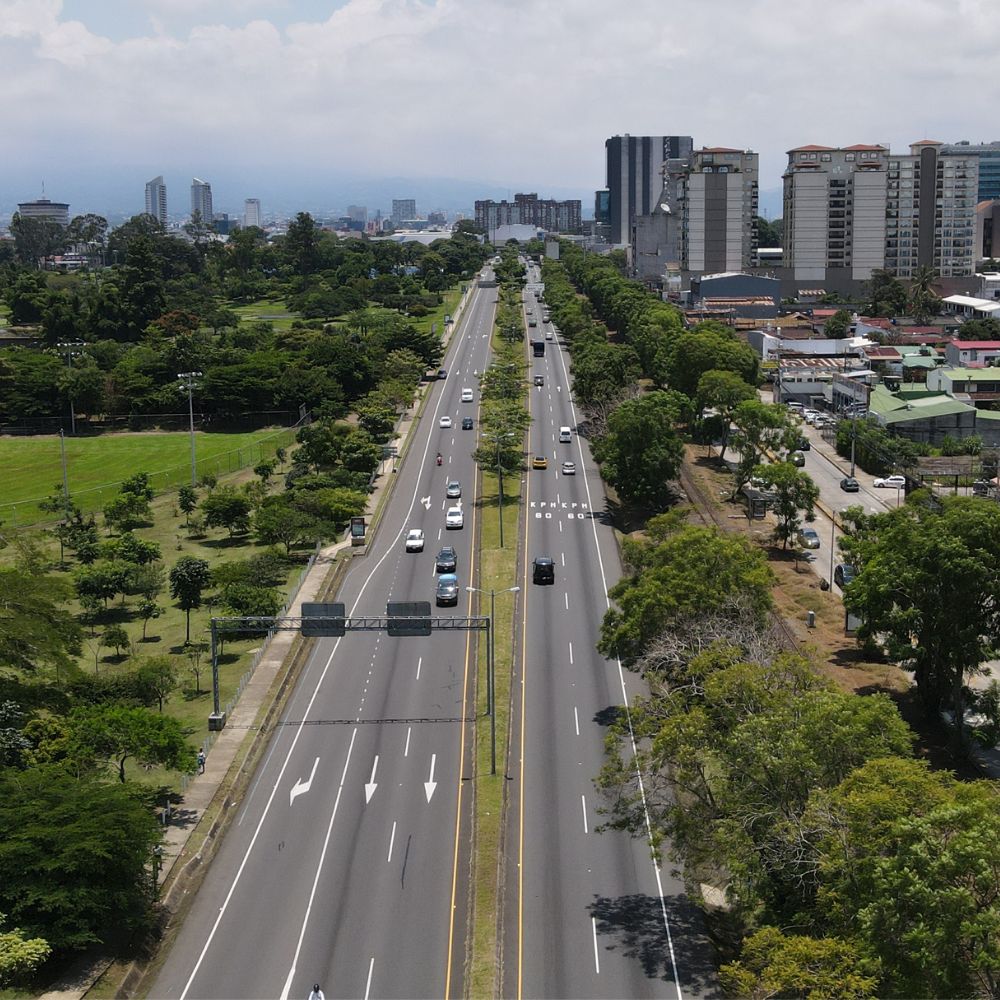
Introduction
Hello, my name is Olga, and I’m a Costa Rican tour guide, travel blogger, and now travel podcaster. Today, I’m going to tell you about the most usual -and popular- itinerary—the vacation that everybody sells. You know, it’s the one that you will find on the big company websites and in local travel agencies. It’s the itinerary that everybody will sell you.
This Costa Rica travel itinerary includes the main destinations that I’ve been discussing recently in other podcasts when talking about must-see places in Costa Rica. It covers San José downtown, Tortuguero, Arenal, and the beach. I will be excluding Monteverde in this occasion. So let’s just start by arriving.
Arrival in Costa Rica
You’re dreaming about going to Costa Rica. I don’t care where you are right now; I know you’re dreaming about coming to paradise and thinking about what to do and what’s best. I’ve been talking about these must-see places in Costa Rica because they are the first destinations that everybody tells you to visit.
This is the most popular route that we use for newcomers; this Costa Rica vacation itinerary can help you get ideas about where to go and how to do it.
Why These Destinations?
Why are they so good? Well, they have everything: good infrastructure, good communication, well-maintained roads, quality hotels, great tours, and responsible operators. This has all been summarized in past podcasts about the must-see places in Costa Rica. You can find them on my website, olgasigns.com, or at costaricapodcast.com.
First Day Itinerary
Now, let’s talk about the first day when you arrive in Costa Rica for this coast-to-coast usual itinerary. You will be arriving in San José. SJO is the main international airport of Costa Rica. Depending on what time you arrive, you may want to know a little about San José and what there is to do in the city. Is it worth a visit?
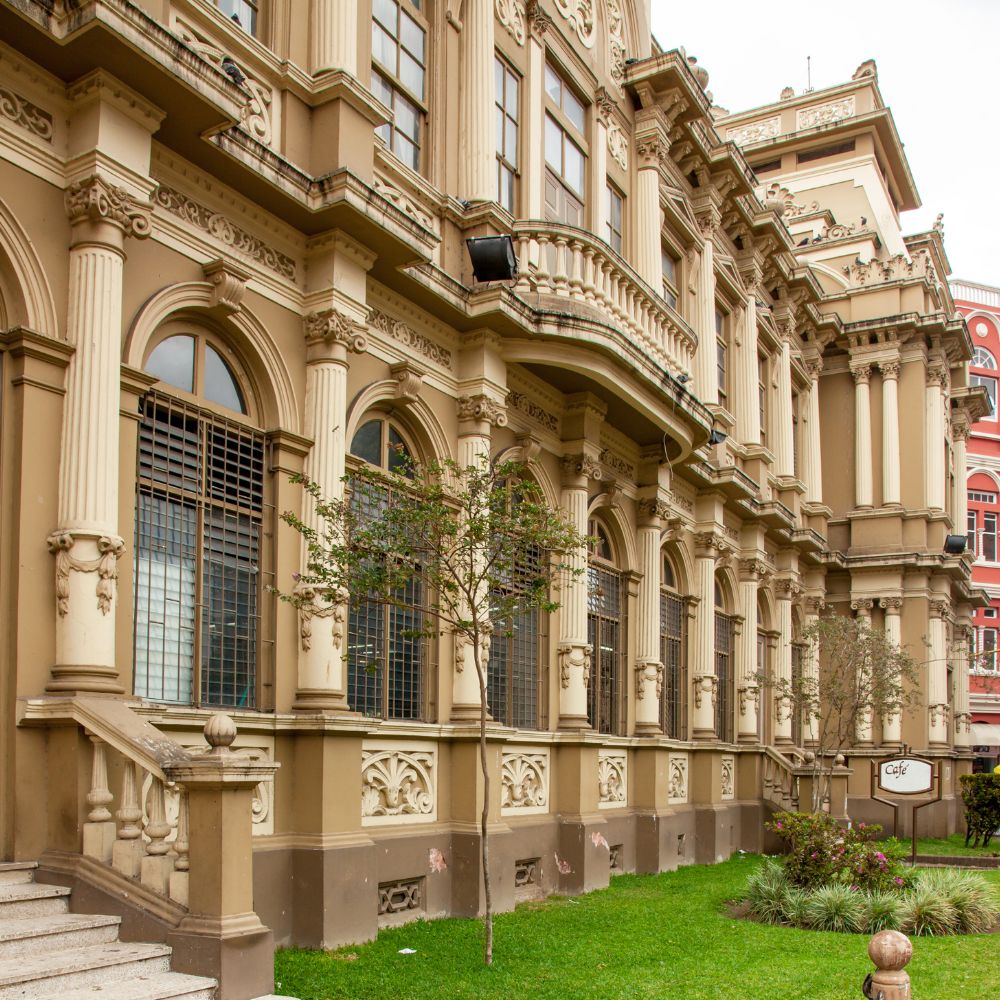
San José: The Reality
Many people say it’s ugly, dirty, and dangerous. Is that true? Let me tell you a little bit about it in a minute. First, consider what time you arrive. Usually, hotels allow check-in at 2 or 3 o’clock in the afternoon, and some even extend up to 4. This is especially true in high season. In low season, it can vary.
The reason for this is that rooms are empty, so you can check in early. However, when the hotel is waiting for the previous guest to depart, they need time to clean and prepare the room for you. As I mentioned, check-in time usually goes from 2:00 to 4:00 in the afternoon.
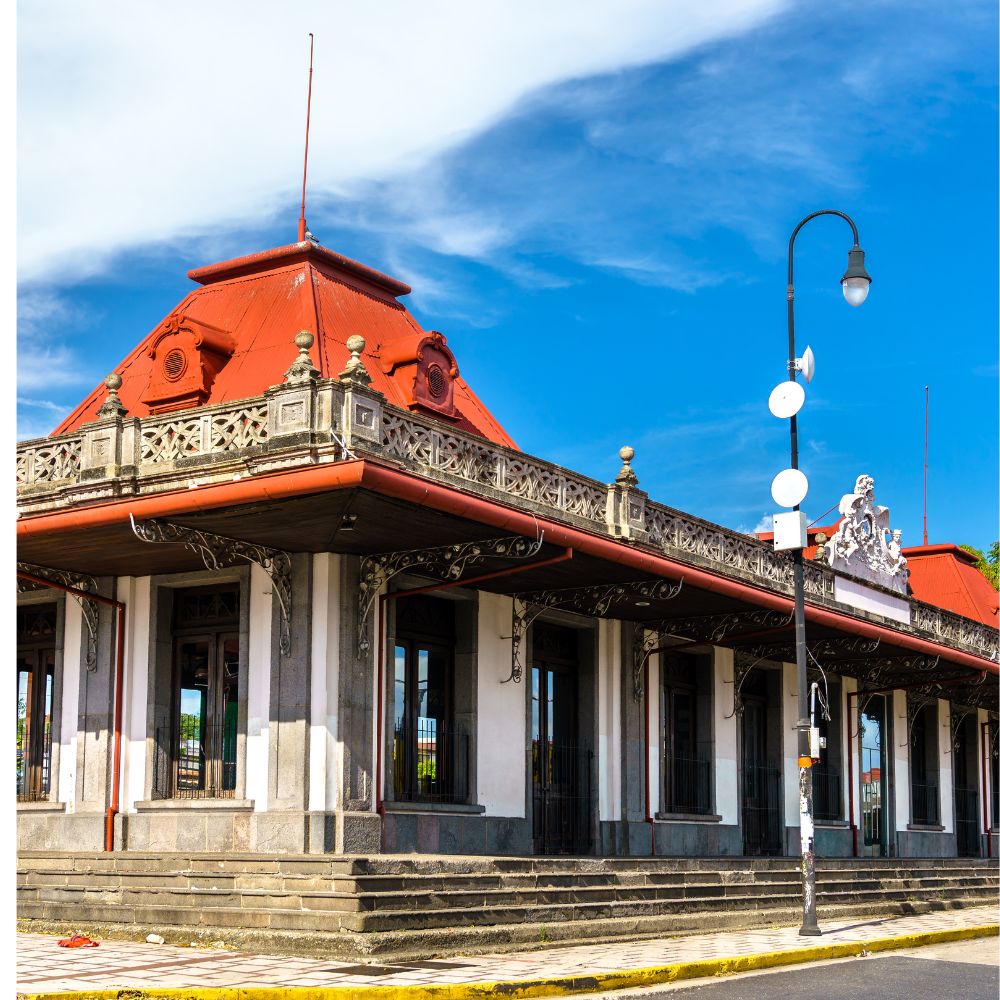
Arrival Example
Let’s say you’re coming from the west coast of the United States, and your flight arrives around 8 to 10 o’clock in the morning—maybe 8:30 or 9:00. Upon arrival, your travel company will welcome you at the airport, or you can get an Uber to take you to downtown San José and your chosen hotel.
I will discuss San José and its areas in future podcasts. For now, suffice it to say that it’s 20 kilometers from the airport. You can take an Uber, a bus, or a private transfer. My suggestion is to opt for a prepaid reserved transfer to take you to your hotel or Airbnb.
Exploring San José
Once you arrive at your hotel, you can leave your luggage while your room is being prepared. If you arrive at 11 o’clock in the morning, you have the whole day to explore. My suggestion is to get a taxi or an Uber and head downtown San José.

I say “come” because I live in downtown San José. Contrary to what I just mentioned, there are very few people living in downtown San José now. It’s more like a huge bus stop, with buses coming from everywhere in the Central Valley. San José is the main city of Costa Rica and a crossing point for many travelers.
Hotels in San José
There are some big, nice hotels downtown, such as Hilton and Marriott, along with charming boutique hotels.
First Hours in San José
What to do during those first hours? You can visit one of the museums. The National Museum is a great place to see the old headquarters of the Costa Rican army and learn about the recent history regarding the abolition of the army. They have a small pre-Columbian collection, a butterfly garden, and an amazing botanical garden. If you have a tour guide, they will definitely recommend this place, as it’s a great spot to discuss Costa Rican history.
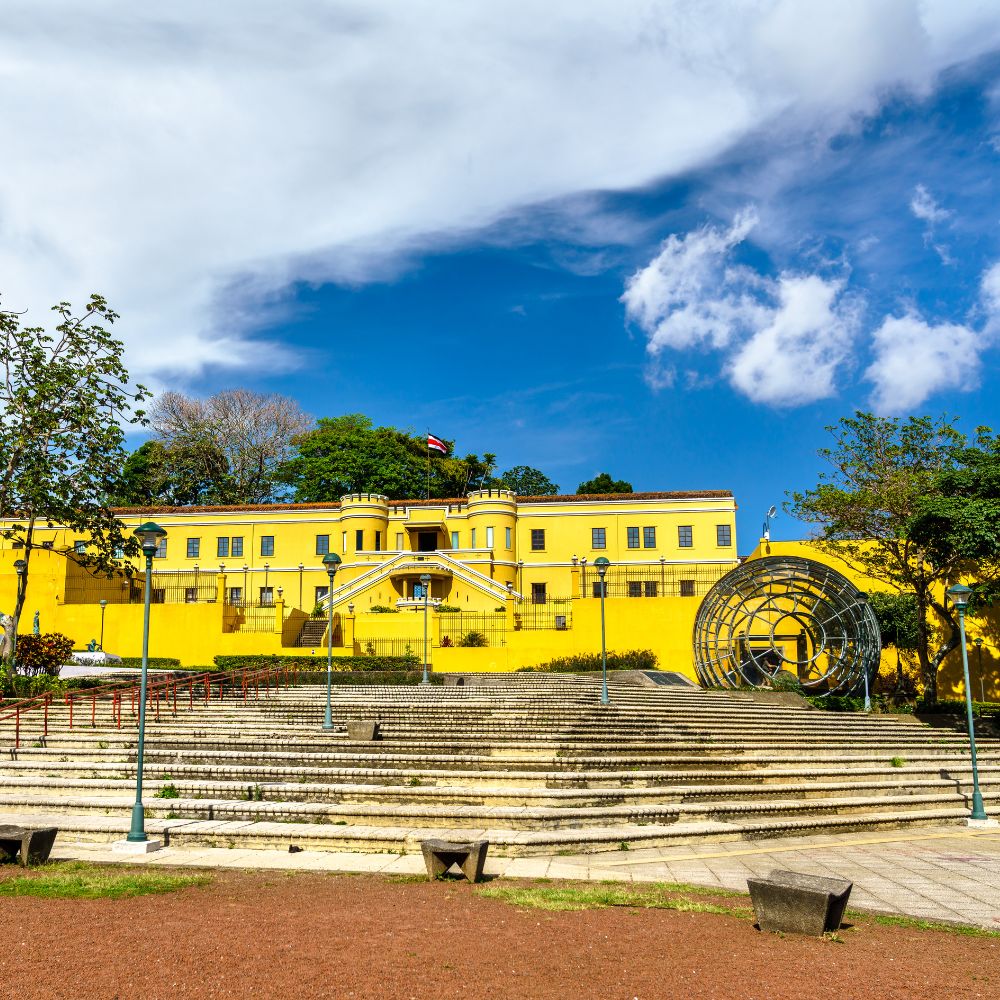
The Jade Museum and the Gold Museum are also fantastic places to visit, mainly because of their architecture and the way they display their collections. The Jade Museum, which was built in the last 10 to 15 years, resembles jade rock and has an amazing pre-Columbian jade collection.
Family-Friendly Options
Another museum worth visiting is the National Children’s Museum. If you have kids with you, they’ll have a blast. It was created amidst an old Costa Rican prison, and the building itself is really cool. I highly recommend visiting the National Children’s Museum if you have children.
Art and Culture
There are a couple of art museums, including the Contemporary Art Museum downtown, which is surrounded by parks. This area is worth a stroll, especially around the National Park, the old train station, and the Congress building. You’ll also see the old liquor factory, which is now the Contemporary Art Museum.
From there, you can walk to Parque España and the Morazan Park. These parks are very green and beautiful. From there, you can head into Central Avenue, take the pedestrian walkway, and return to the Gold Museum and the Plaza de la Cultura.
National Theater
Then, you will find the National Theater, a real landmark of Costa Rica. You should go with a guide or take one of their guided tours, as it has so much information about Costa Rican history and culture.
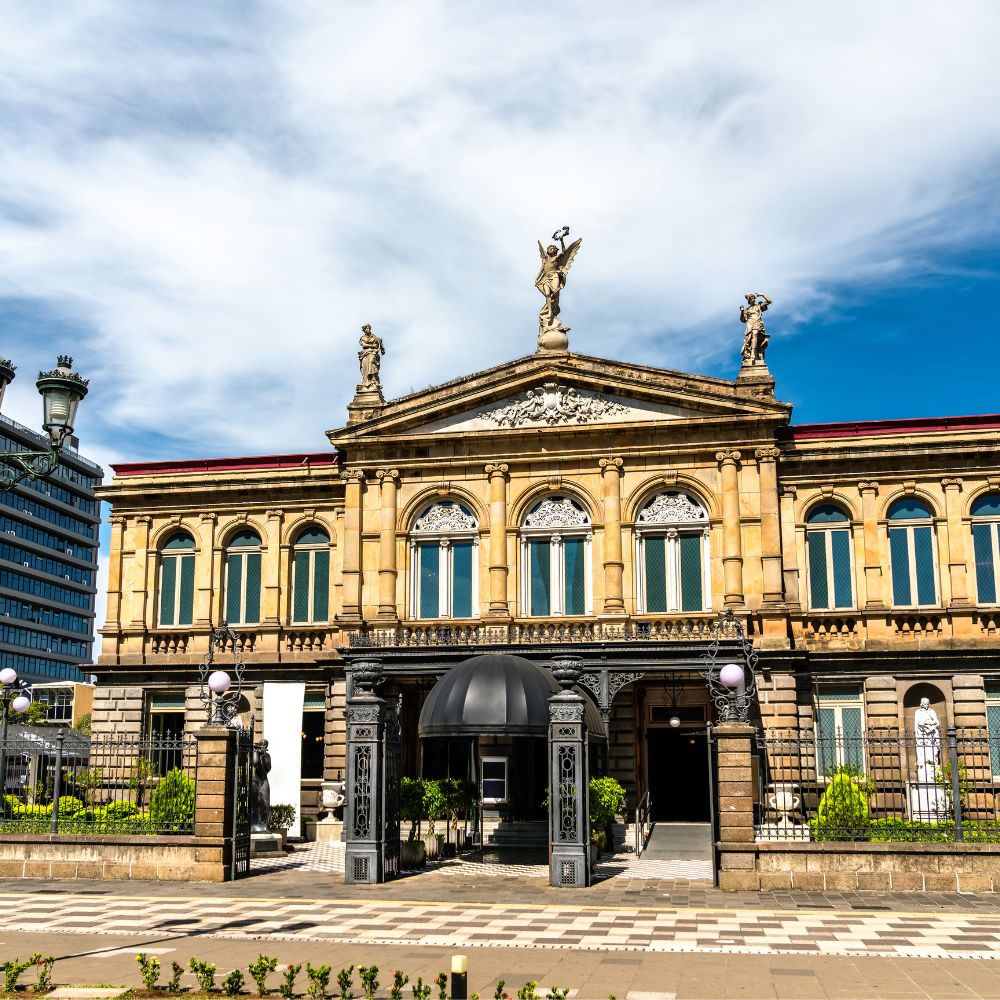
Understanding Costa Rica through the National Theater will give you insight into how the country values beauty, art, peace, and agriculture. The building is beautiful, with golden details and lots of artwork, and it reflects Costa Rican democracy and the drive for peace and work.
Central Market
From there, you can walk down the pedestrian boulevard on Central Avenue to the Central Market. In that area, you will find some nice cafeterias on the second floor of a couple of buildings where you can have lunch or enjoy delicious Costa Rican coffee.
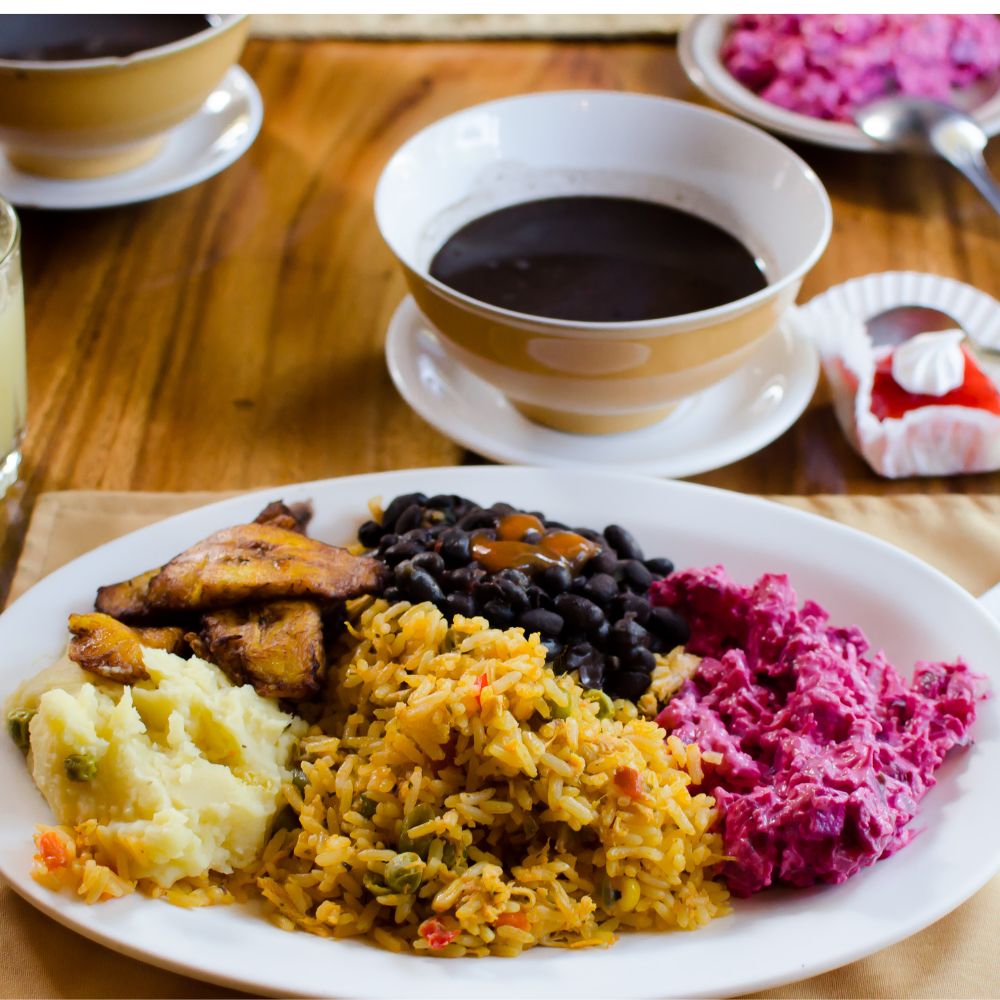
The Central Market also offers authentic Costa Rican food, souvenirs, and a chance to see locals interacting. You’ll find traditional artisan shops, flower stores, and iconic artisanal ice cream known as “Helados de Sorbetera.”
Safety Tips
San José is a very small city. When I lived in Mexico, the locals would joke that there were more people in their neighborhood than in all of Costa Rica. I totally agree because it’s true.
Costa Rica is refreshingly small. One thing to note is that there is some petty crime, so be mindful of your belongings. Keep your purse close and your wallet in your front pocket. Tourists are not typically targets for violent crime, but petty theft can occur.
You will also find a special police force called Policia Turistica. They are bilingual and available to assist you if anything happens.
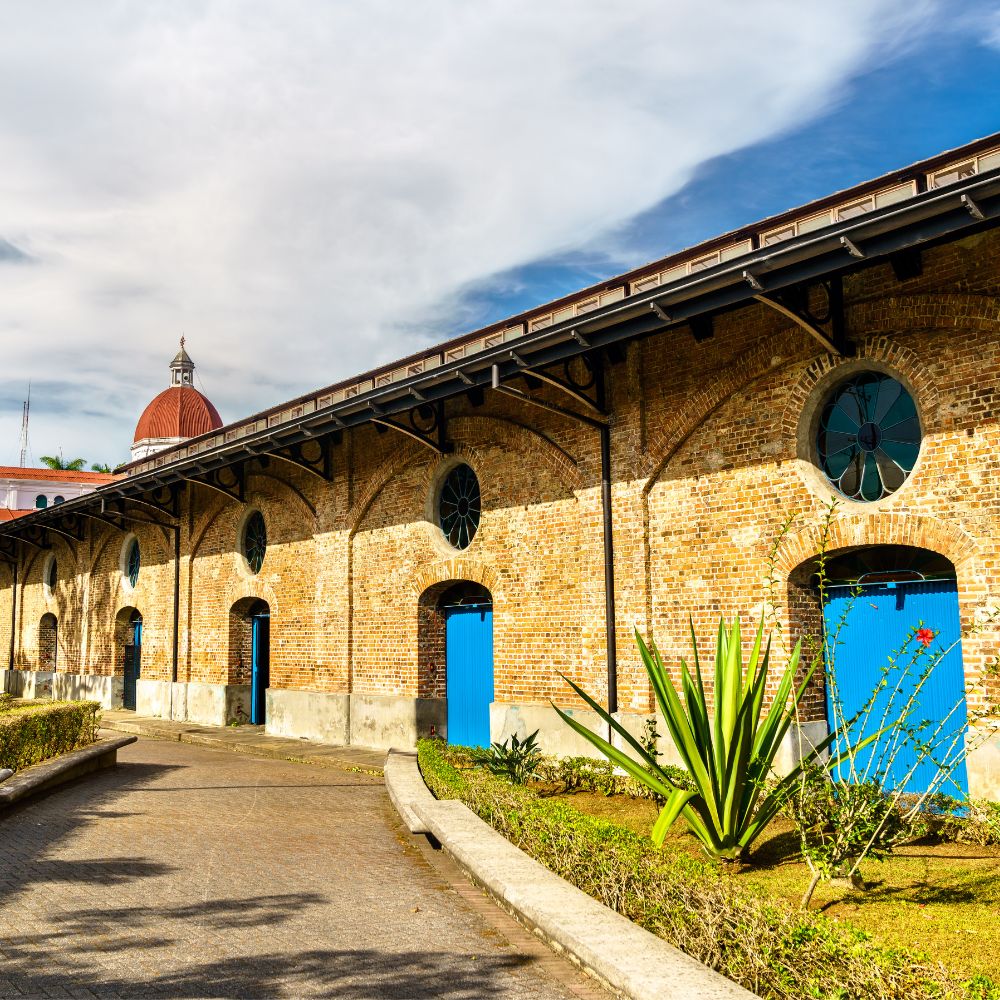
Next Steps
After your first day in Costa Rica, in the most popular travel itinerary in Costa Rica, you’ll head to your hotel for dinner, and the next day, you will travel to Tortuguero. You will wake up early and drive through the Braulio Carrillo National Park, which is a gorgeous rainforest filled with massive amounts of greenery.
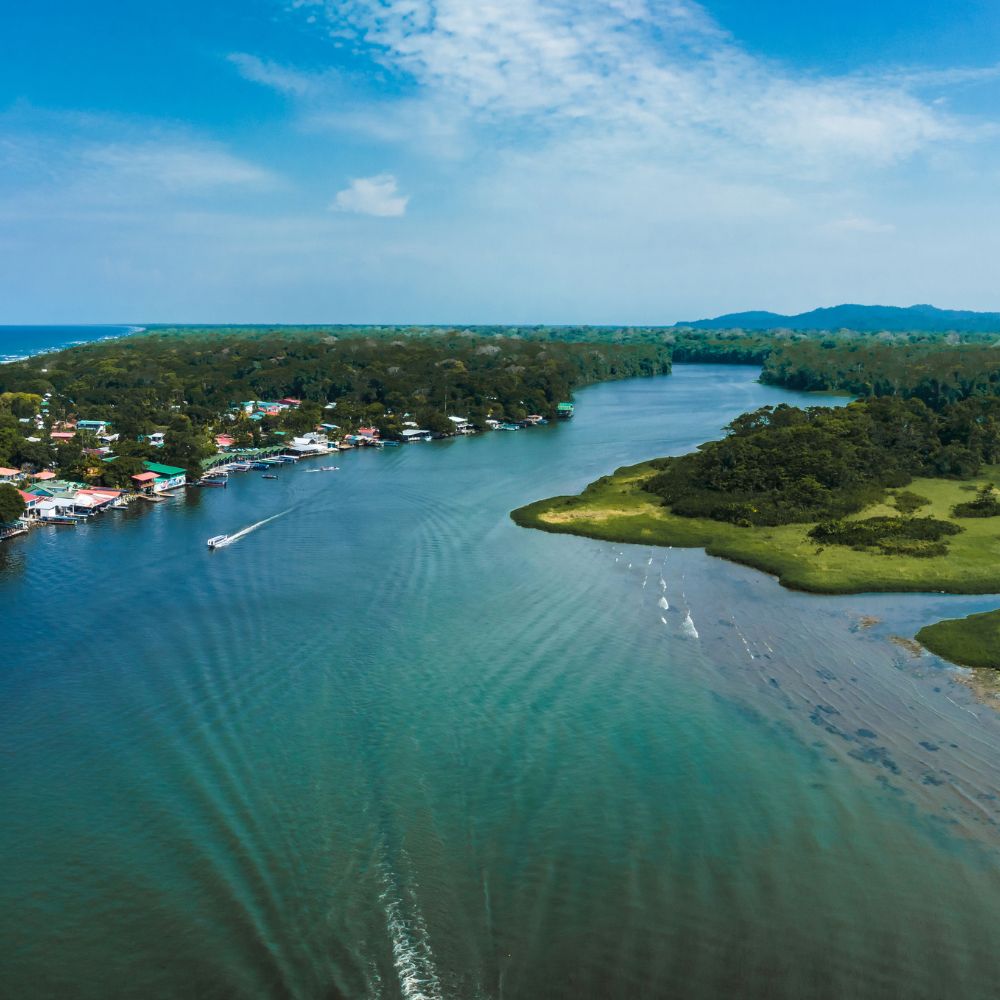
Journey to Tortuguero
Through the mountains, you will go through a tunnel to reach the Caribbean side of Costa Rica. The landscape changes dramatically.
You’ll have breakfast in the Caribbean lowlands and start to see ornamental plantations, pineapple plantations, and banana plantations. Livestock is also a significant product in the area. You might even see local tropical fruits like yuca, malanga, or guanabana.
At the pier, there is usually a small grocery store where you can buy snacks, juice, or water. This is where your luggage will be taken to the boat. We usually recommend that passengers come down from the bus and wait for their luggage to be unloaded. Once the luggage is out, passengers need to take it to the assigned boat.
Learn more about Tortuguero here: Must See Places in Costa Rica (P.2): Tortuguero National Park and Region
Boat Ride to Tortuguero
The tour guide will inform you where to find your boat, and then you can use the restroom or buy snacks before departing for Tortuguero. Depending on the time of year, the most commonly used pier is La Pavona. After arriving at La Pavona, it’s about an hour to Tortuguero.
Exploring Tortuguero
You will arrive at the lodges right before lunch, enjoy a meal, and then explore the town. This isn’t the usual hotel package; it’s a chance to get to know the people and see where the grocery store is located. If you’re staying at one of the hotels, I recommend taking a walk through the gardens while heading into town.
You can also read: Corcovado or Tortuguero? What’s the best destination for your trip?
You can do some shopping in town, which has a bank office and supermarkets. You’ll find some needed medicines if necessary, but they do not provide pharmaceuticals, so bring what you need with you.
Tortuguero National Park
Once you are in Tortuguero, as I mentioned in previous podcasts, you will explore the national park either by boat or canoe. On the third or fourth day of your vacation, you will move from Tortuguero to Arenal. You will depart around 9:00 a.m.

Once you’ve done all the activities in Tortuguero, your transportation will be waiting for you at La Pavona. If you’re in a group, the bus will be waiting for you at the pier. In some cases, the group bus will take you to where you had breakfast, which is also where you will have lunch.
Journey to Arenal
After breakfast, you will head to Arenal, which is about a three and a half to four-hour drive. You will likely depart around midday, arriving in Arenal around 4 or 5 in the afternoon. It’s worth noting that there are a few stops you can enjoy along the way, but don’t take too long; you don’t want to be on the road at night, as it can be dark and confusing.
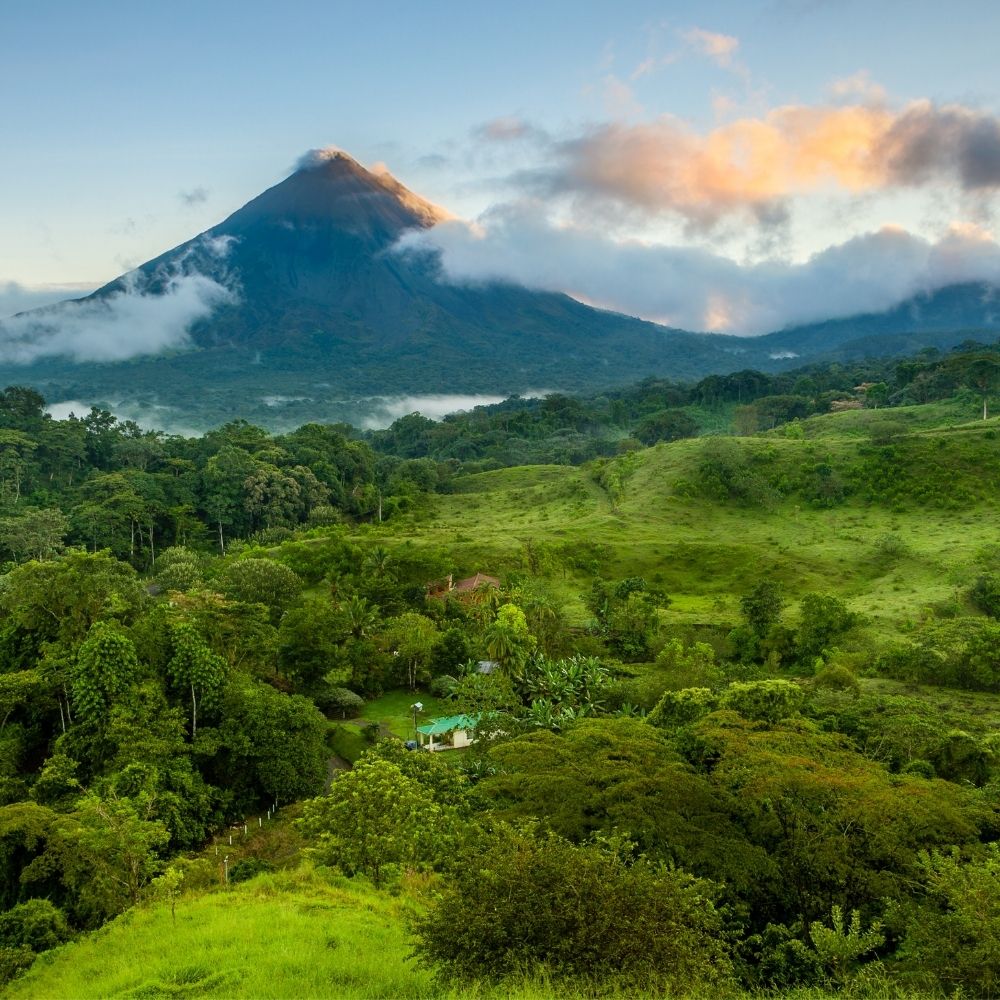
You will drive through Horquetas, Puerto Viejo, and the Rio Sarapiquí area, which is a haven for bird watching and rainforest exploration. There are fruit stands along the way where you can stop and taste some exotic tropical fruits.
Exploring La Fortuna
Once you arrive in La Fortuna, I highly recommend taking a walk around the town to see what it has to offer. If you’re in a tour group, your guide will likely take you to the town. La Fortuna has great galleries, pubs, restaurants, banks, and pharmacies, making it a vibrant place to explore.
You can also read Must Visit Destinations in Costa Rica (P3): Arenal Volcano and La Fortuna
Activities in Arenal
In Arenal, there’s so much to do. You can visit the national park, go hiking, ziplining, canyoning, rappelling, or rafting. Depending on your adventurous spirit, you can enjoy various activities or relax at one of the amazing spas and soak in hot mineral volcanic waters.
Journey to the Beach
After enjoying Arenal, you will drive all the way to the coast.
In this travel itinerary in Costa Rica you will go to Manuel Antonio, but it’s important to clear that you can also go to the Guanacaste beaches.
This itinerary spans about seven to eight days. At this point, you can choose whether to visit Monteverde. For this itinerary, we will head straight to the beach, specifically to Manuel Antonio instead of Guanacaste.
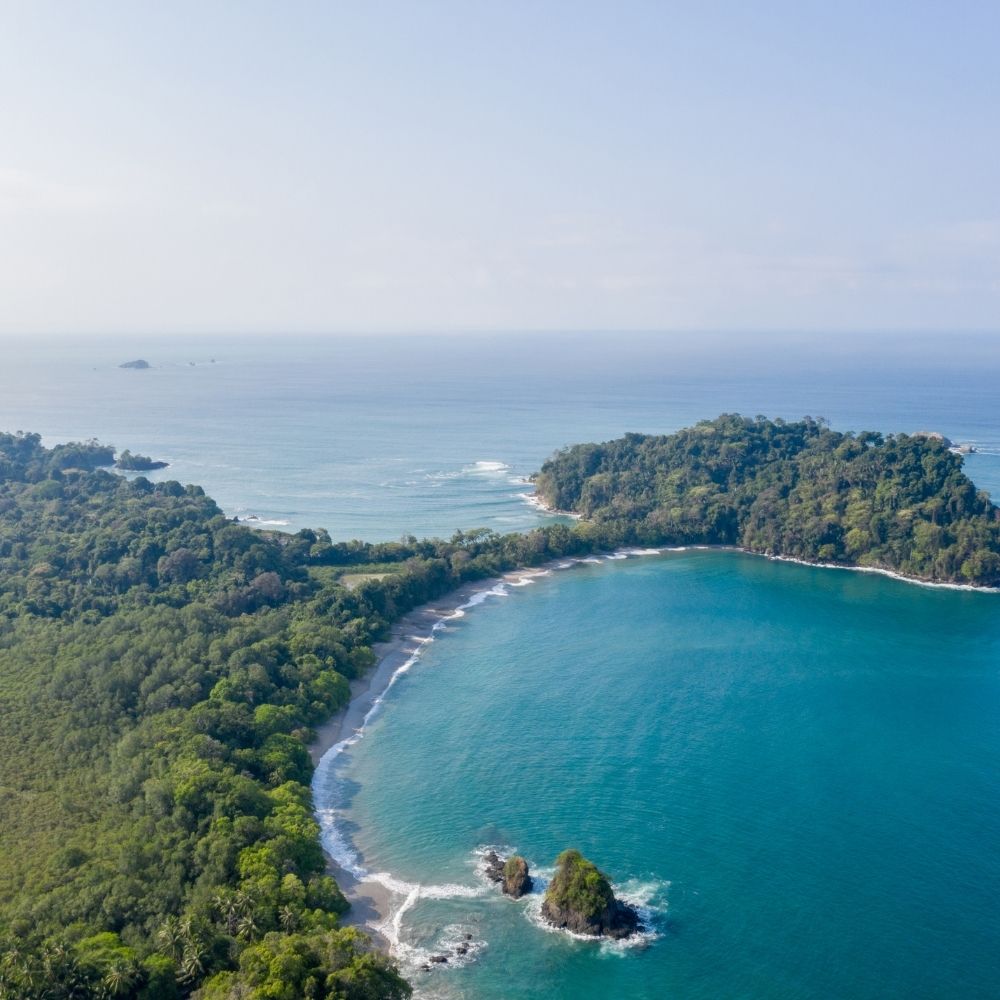
Why Manuel Antonio?
Manuel Antonio is much closer to the international airport, which is a good reason to choose it. It’s also part of the Central Pacific area, where you can enjoy both the rainforest and the beach. Manuel Antonio is the most well-known place in the area, featuring a national park filled with wildlife, including monkeys and sloths.
Other Beach Options
However, it can be crowded, and finding hotel space can be challenging. Other options include Jaco Beach, which is close to San José and known for its nightlife. Just be cautious of the riptides there. Playa Hermosa is great for surfers, while Esterillos is a beautiful, empty beach perfect for relaxation.
Accommodation in Manuel Antonio
In Manuel Antonio, you have Quepos, the downtown port, but not many accommodation options. I recommend heading up the hill to Manuel Antonio, which has stunning views and beautiful boutique hotels, some of which are rated among the best in the world.

Exploring the Southern Pacific Coast
Further south, you can explore Dominical and Uvita, which are also great areas, especially for surfers. The whale festival takes place here in August, September, and October when whales migrate from the southern hemisphere.
Conclusion
After enjoying the Manuel Antonio area, you will drive back to San José. This is the usual itinerary that travel agents sell as the most common Costa Rica travel itinerary. It’s not the best or the worst; it’s just the main destinations. These places have everything you need for comfort in every way you can think of.
While there are other less-known destinations that are just as beautiful, I’ll stick to discussing this Costa Rica travel itinerary in this podcast. I plan to share information about other itineraries in future podcasts.
As I mentioned, I’m not a travel agent and do not operate tours, but I can recommend the best options. If you’re coming with family, on your honeymoon, or planning a wedding here, I can provide guidance tailored to your needs. If you’d like to discuss your trip further, please let me know, and we can arrange a short meeting to go over my fees and services.
Thank you for listening, and enjoy your trip to Costa Rica!
